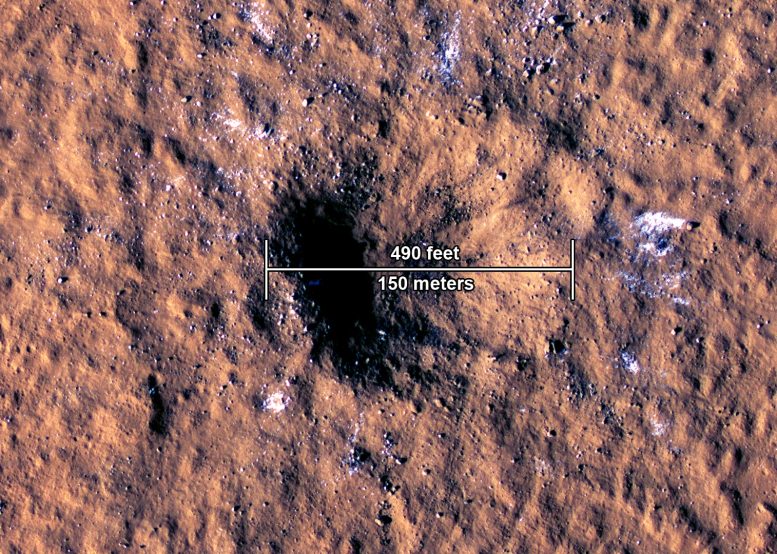
The impact crater, formed December 24, 2021, by a meteoroid strike in the Amazonis Planitia region of Mars, is about 490 feet (150 meters) across, as seen in this annotated image taken by the High-Resolution Imaging Science Experiment (HiRISE camera) aboard NASA’s Mars Reconnaissance Orbiter. Credit: NASA/JPL-Caltech/University of Arizona
The cause of a Christmas Eve quake on Mars …
Super sources of a climate-warming greenhouse gas …
And images of Earth from a passing spacecraft … a few of the stories to tell you about – This Week at NASA!
InSight Lander Detects Stunning Meteoroid Impact on Mars
A strong marsquake recorded by NASA’s InSight lander on December 24, 2021, was caused by a massive meteoroid strike that excavated boulder-size chunks of ice from the Martian surface. Evidence of this is seen in before-and-after images of the impact site from NASA’s Mars Reconnaissance Orbiter.
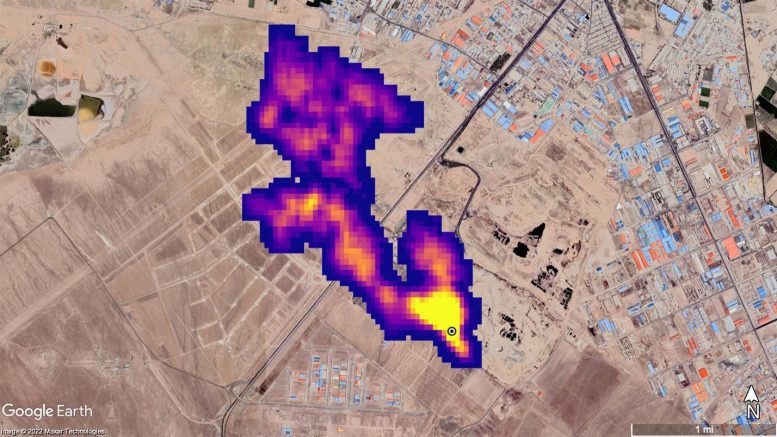
A methane plume at least 3 miles (4.8 kilometers) long billows into the atmosphere south of Tehran, Iran. The plume, detected by NASA’s Earth Surface Mineral Dust Source Investigation mission, comes from a major landfill, where methane is a byproduct of decomposition. Credit: NASA/JPL-Caltech
New Climate Study Maps Methane “Super-Emitters”
The EMIT mission on the International Space Station that is studying the effects of mineral dust on our climate has also identified over 50 “super-emitter” sources of methane on Earth. Methane is a potent greenhouse gas that can trap heat in our atmosphere.
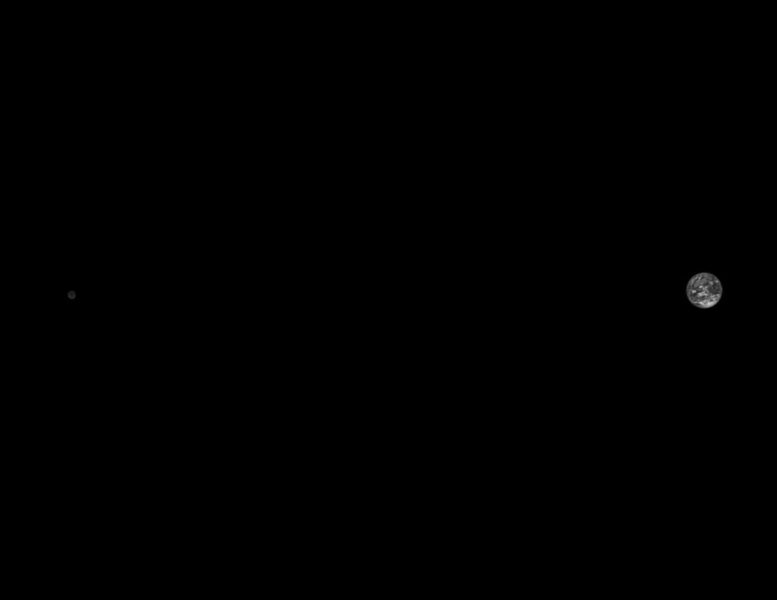
On October 13, 2022, NASA’s Lucy spacecraft captured this image of the Earth and the Moon from a distance of 890,000 miles (1.4 million km). The image was taken as part of an instrument calibration sequence as the spacecraft approached Earth for its first of three Earth gravity assists. These Earth flybys provide Lucy with the speed required to reach the Trojan asteroids — small bodies that orbit the Sun at the same distance as Jupiter. On its 12-year journey, Lucy will fly by a record-breaking number of asteroids and survey their diversity, looking for clues to better understand the formation of the solar system. Credit: NASA/Goddard/SwRI
Lucy Takes Images of Earth and Moon
NASA’s Lucy spacecraft took this shot of Earth, on the right, and the Moon on the far left as the spacecraft approached Earth for a recent flyby and gravity assist maneuver. Lucy is on its way to visit Jupiter’s Trojan asteroids.
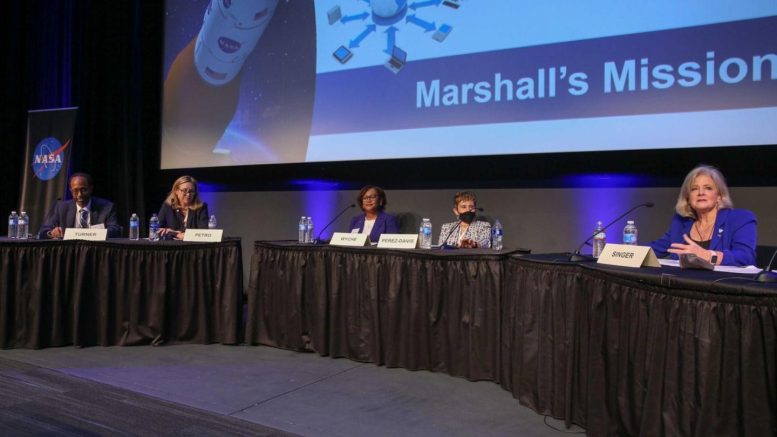
The theme of the 2022 Wernher von Braun Memorial Symposium is “Space at the Table: Collaboration, Cooperation, and Inclusion.” Credit: Michael Mercier / The University of Alabama in Huntsville (UAH)
Von Braun Symposium 2022
NASA participated in the 15th Wernher von Braun Symposium October 26 – 28 in Huntsville, Alabama. The annual event is an opportunity for space industry leaders and colleagues to convene, connect, and collaborate with each other.
That’s what’s up this week @NASA.





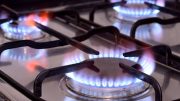

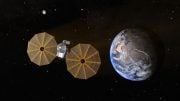

Be the first to comment on "This Week @NASA: Stunning Meteoroid Impact on Mars, Methane “Super-Emitters” Mapped"